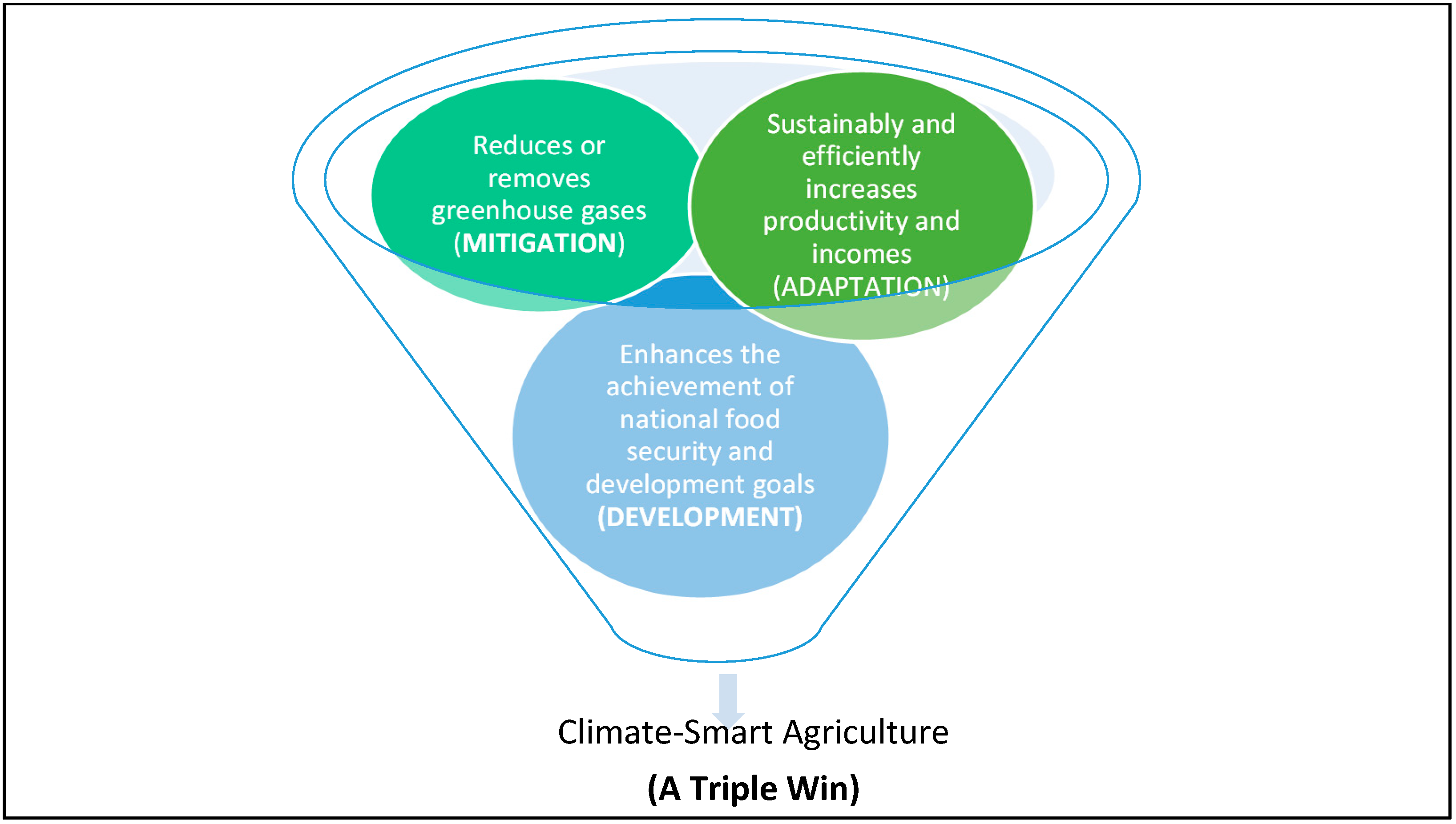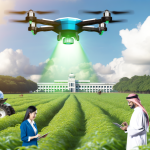Imagine a world where your farm thrives with the help of technology, where crops grow healthier, and yields are maximized. This is the promise of smart farming.
But if you’re in a developing country, you might find that embracing this new way of farming isn’t as easy as it sounds. You’re not alone. Many farmers face significant challenges when trying to adopt smart farming techniques. These challenges can seem daunting, but understanding them is the first step toward overcoming them.
Curious to find out what these hurdles are and how they might affect your journey towards smarter farming? Read on to discover the key obstacles and how you can navigate them to revolutionize your agricultural practices.

Infrastructure Limitations
Smart farming offers promising solutions to enhance agricultural productivity. It provides tools for efficient resource management, and environmental protection. Despite the advantages, developing countries face significant hurdles in adopting smart farming. Infrastructure limitations are one of the major challenges. These limitations hinder the progress and benefits that smart farming can bring.
Internet Connectivity Issues
Reliable internet is crucial for smart farming technologies. Many rural areas in developing countries lack stable internet connections. This makes it difficult to use digital tools effectively. Farmers struggle to access real-time data and cloud-based platforms. Without internet, modern farming techniques remain out of reach.
Energy Supply Challenges
Smart farming devices often require constant power. Many rural regions face frequent power outages. Unreliable energy supply disrupts operations of smart equipment. Solar solutions can help, but they require initial investment. Energy limitations slow down the adoption of tech-driven farming.
Transport And Accessibility
Efficient transport networks are needed for distributing farming tools. Poor road conditions and lack of transport options are common issues. Farmers find it hard to access smart farming equipment. This results in delays and increased costs. Limited accessibility restricts the spread of smart farming practices.
Mobile Network Limitations
Mobile networks are essential for many smart farming applications. Weak mobile signal in rural areas limits communication. It prevents efficient use of mobile-based farming apps. Farmers miss out on timely alerts and updates. Mobile network limitations affect the implementation of smart solutions.
Water Management Systems
Smart farming requires efficient water management systems. Many regions lack proper irrigation infrastructure. Poor water systems hinder advanced agricultural techniques. Farmers face challenges in implementing smart irrigation methods. This limits the effectiveness of smart farming technologies.

Financial Barriers
Farmers in developing countries face high costs in adopting smart farming technologies. Limited financial resources make access difficult. Without funds, investing in new technology becomes a significant hurdle.
Adopting smart farming in developing countries is not just about embracing technology; it’s about overcoming significant financial barriers. These barriers often deter small-scale farmers from accessing modern agricultural techniques. Without the necessary financial resources, the dream of a tech-driven farm remains just that—a dream.High Initial Costs
Smart farming equipment, like drones and sensors, come with a hefty price tag. Farmers in developing countries often find these costs prohibitive. A farmer once shared how his entire year’s earnings could only cover the cost of a single drone.Lack Of Access To Credit
Access to credit is crucial for adopting new technologies. Many farmers face rejection from banks due to lack of collateral or credit history. This leaves them stuck in traditional farming methods.Limited Government Support
In many developing countries, government support for smart farming is minimal. Without subsidies or incentives, farmers have little motivation to invest in expensive technology. Imagine trying to innovate without any backing—it’s an uphill battle.Unpredictable Return On Investment (roi)
Farmers are hesitant to invest in smart farming due to uncertain ROI. The upfront costs are high, and the benefits are not immediately visible. This uncertainty makes it hard for them to justify the investment.Dependency On Foreign Aid
Many developing countries rely on foreign aid for agricultural development. This aid, however, is often inconsistent and unreliable. Farmers are left wondering: What happens when the aid stops? Financial barriers are daunting, but they are not insurmountable. What creative solutions can we develop to help farmers overcome these challenges? How can you contribute to making smart farming accessible to all?Skill And Knowledge Gaps
Smart farming holds promise for boosting agricultural productivity. Yet, a major obstacle in developing countries is the skill and knowledge gap. Many farmers lack the education needed to adopt new technologies. This gap limits their ability to use smart farming methods effectively. Without proper training, the potential benefits of smart farming remain out of reach.
Understanding The Basics Of Smart Farming
Smart farming uses advanced technology to improve crop production. It involves sensors, drones, and data analytics. Farmers who understand these tools can make better decisions. Yet, many in developing regions have never used such technology. This makes it hard to transition from traditional methods.
Barriers To Accessing Training And Resources
Many farmers need help finding training programs. In rural areas, access to resources is limited. Internet access, often required for learning, is not always available. Without these essential resources, farmers miss out on learning opportunities.
Importance Of Tailored Training Programs
Training programs must meet the needs of local farmers. They should be in local languages and consider cultural practices. Programs that consider these factors are more likely to succeed. They can help bridge the skill and knowledge gap.
The Role Of Government And Non-government Organizations
Government and NGOs can support training initiatives. They can provide funding and resources. They play a vital role in closing the skill gap. By investing in education, they empower farmers to adopt smart farming.
Peer Learning And Community Support
Farmers can learn from each other. Community support networks help share knowledge. Peer learning is effective and practical. Farmers trust advice from other farmers. This method builds confidence in adopting new practices.

Policy And Regulatory Issues
Smart farming faces policy and regulatory challenges in developing countries. These hurdles include unclear regulations, inconsistent policies, and lack of government support, which hinder technology adoption and innovation. Addressing these issues is crucial for sustainable agricultural growth and improving food security.
Smart farming offers many benefits. Yet, adopting it in developing countries faces hurdles. Policy and regulatory issues are major challenges. These issues shape the landscape of smart farming. They can either support or hinder growth in agriculture. Let’s explore the key policy and regulatory challenges.Policy Gaps And Inconsistencies
Developing countries often lack clear policies for smart farming. This creates confusion among stakeholders. Farmers may not know how to proceed. Policies may also contradict each other. This inconsistency slows down progress. Without clear guidelines, farmers hesitate to adopt new technologies.Lack Of Infrastructure Support
Smart farming needs strong infrastructure. Many developing countries have weak infrastructure. Poor internet connectivity is a common problem. This affects data collection and analysis. Without reliable infrastructure, smart farming tools become less effective. Policies should address these gaps to support farmers.Limited Financial Incentives
Farmers need financial support to adopt smart farming. Yet, policies often lack financial incentives. Without subsidies or grants, farmers cannot afford new technologies. Providing financial aid can encourage smart farming adoption. It can also reduce the financial risks for farmers.Regulatory Barriers
Regulations can either aid or block progress. In many cases, they pose barriers to smart farming. Complicated procedures slow down technology adoption. Farmers face difficulties in navigating these regulations. Simplifying these processes can help farmers embrace smart farming.Intellectual Property Issues
Intellectual property rights can be complex. Farmers may fear using patented technologies. They worry about legal issues and costs. Policies should protect farmers while respecting patent rights. Clear guidelines on technology use can reduce these fears.Data Privacy Concerns
Data collection is vital in smart farming. Yet, data privacy remains a concern. Farmers worry about how their data is used. Policies need to ensure data protection. This builds trust among farmers and encourages technology use. Addressing these policy and regulatory issues is crucial. It paves the way for smart farming in developing countries.Conclusion
Smart farming faces hurdles in developing countries. Technology access is limited. Farmers need training for new tools. Infrastructure often lacks stability. Costs can be high for small farmers. Support from governments is crucial. Collaboration between sectors can drive progress. Smart farming promises better yields.
Sustainable farming benefits communities. Solutions require time and effort. Patience and persistence are key. Progress will come with unity. Farmers can thrive with the right support. Smart farming can transform agriculture. Challenges are stepping stones to success. Together, solutions are achievable.


